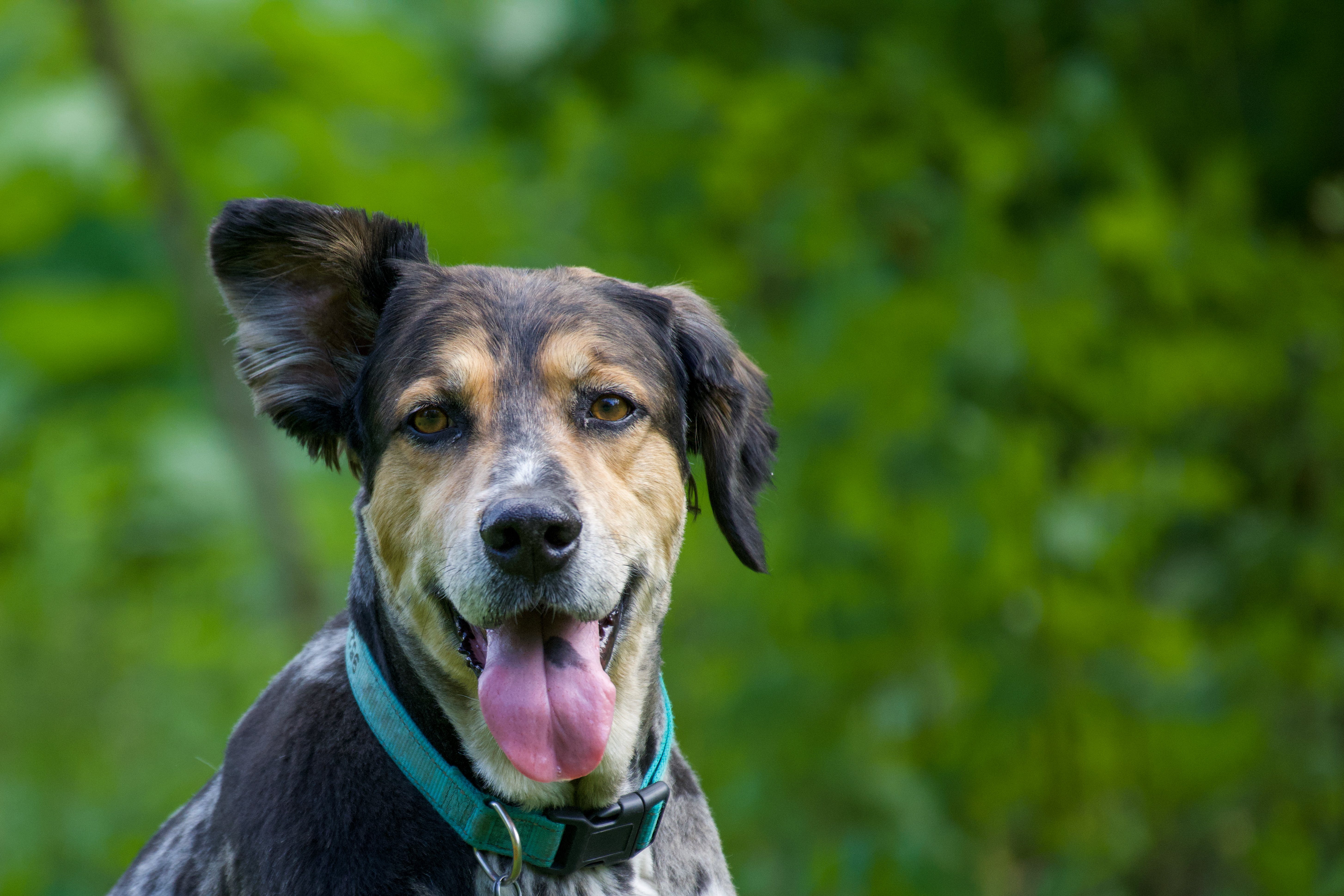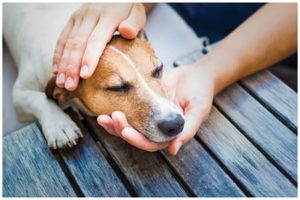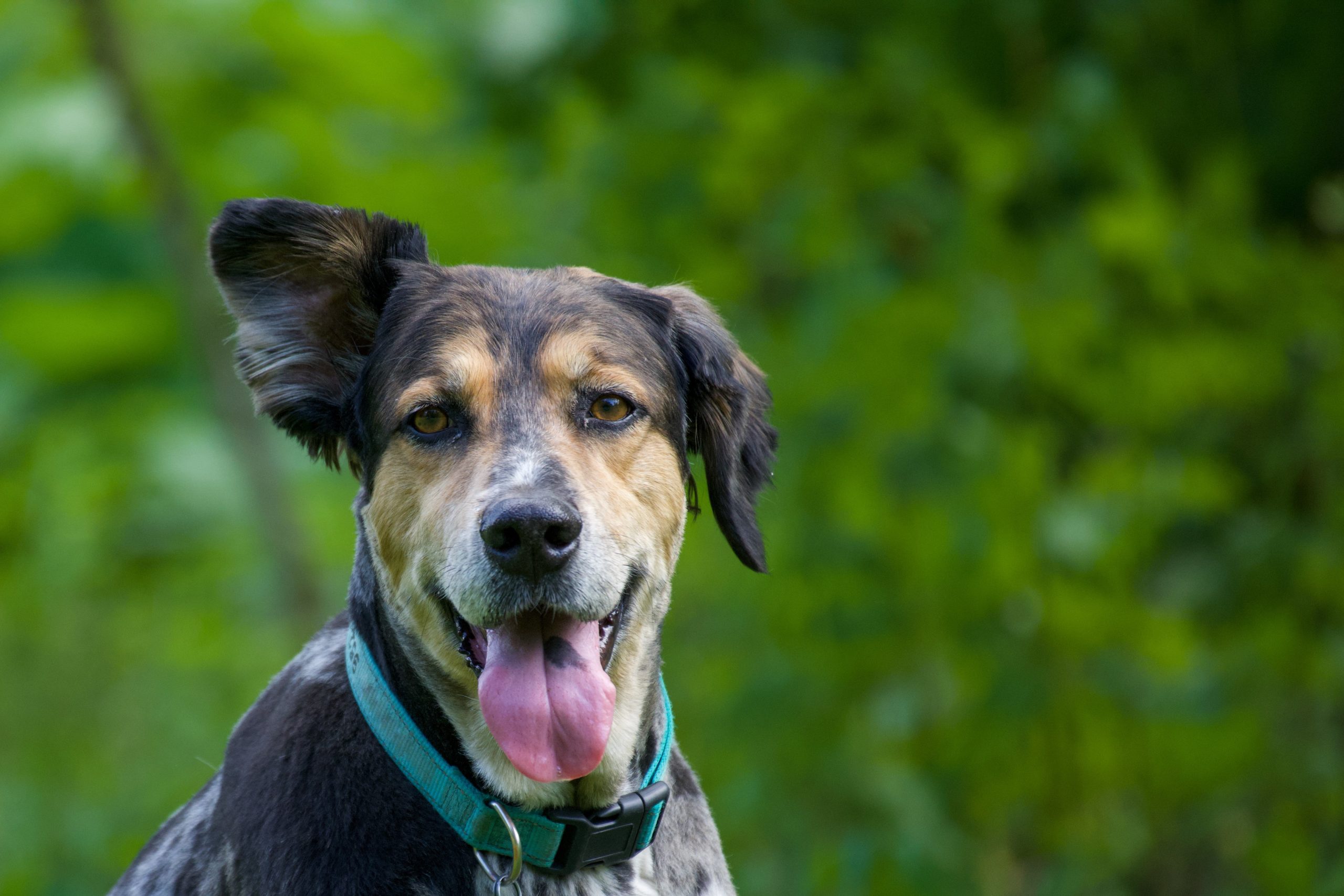
When you walk around your home, it seems like your faithful companion is always right there with you. Whether you’re heading to the kitchen or the bathroom, your dog is constantly underfoot. While this behavior can be endearing at times, it can also become overwhelming and even dangerous. So, why do dogs always follow us everywhere? Is there a deeper meaning behind their constant presence? In this article, we will explore the reasons why dogs have a tendency to follow their owners, when it can become excessive, and how to address this behavior if needed.
The Pack Instinct
One of the primary reasons why dogs follow us everywhere can be traced back to their ancestry as pack animals. Throughout history, dogs have lived in packs, relying on the strength and protection of their pack members. When dogs are removed from their canine pack, they naturally seek to form a new pack with their human companions. The same instincts that drive wild dogs to stick together are present in our domesticated canine friends. This pack instinct is deeply ingrained in their genes, making it a consistent behavior among dogs.
Social Animals
In addition to their pack instinct, dogs are inherently social animals. Just as we enjoy their companionship, they also seek ours. Dogs have a strong emotional bond with their owners, often treating them as their closest companions and even as their “dog mother” in some cases. This bond is particularly strong if the dog was adopted as a young puppy. They become imprinted on their owners, viewing them as their primary source of love and care. So, when you see your dog following you around, it’s their way of expressing their affection and desire to be close to you.
Boredom and Curiosity
Sometimes, dogs follow us simply because they are bored and looking for something to do. They see us engaging in activities and figure that joining us might bring some excitement to their day. Dogs are naturally curious creatures, and if they see you doing something interesting, they may want to be a part of it. Providing your dog with plenty of exercise and mental stimulation can help alleviate their boredom and reduce their need to constantly follow you around.
Routine and Rewards

Dogs are highly perceptive and quickly learn our daily routines. They pick up on cues and patterns, such as knowing that they are fed or walked at specific times. Following you around ensures that they don’t miss out on any of these activities. Moreover, dogs are experts at getting what they want through their adorable behavior. If they see that following you around results in rewards, such as food or treats, they are more likely to repeat this behavior. However, it’s important to be mindful of this double-edged sword, as it can reinforce the behavior and lead to excessive following.
Anxiety and Protection
In some cases, dogs may stick close to your side due to anxiety or a need for protection. They may feel nervous, frightened, or uncertain of strangers, and see you as their guardian in these situations. This behavior is particularly common during thunderstorms, fireworks, or other stressful events. Additionally, some dogs become so anxious when separated from their owners that they panic. This can be distressing for both the dog and the owner, and should be addressed to ensure the well-being of both parties.
Why Does My Dog Follow Me and No One Else?
Dogs are intelligent animals and often single out one person to follow, sometimes to the exclusion of others. This usually indicates that the chosen person fulfills the dog’s specific needs. It could be the primary caregiver who provides food, walks, and playtime. Or it might be the person who gives out the most treats. In some cases, it’s simply the person who is the most fun to be around. Dogs rely on their human pack for everything they need, and they will naturally gravitate towards the person who fulfills their desires the most.
Exploring the Bathroom
You may have noticed that your dog often follows you into the bathroom. While it may seem strange, there are a few reasons behind this behavior. Dogs are naturally curious and enjoy exploring new scents and environments. The bathroom offers a whole new world of intriguing smells and interesting objects, such as the wastebasket. These objects carry intense scents that resemble their family members, making it an exciting place for them to investigate. Additionally, dogs have a highly developed sense of smell, and the array of odors in the bathroom can be both intense and captivating for them.
Puppies and Their Need to Follow

Puppies have a special inclination to follow their owners everywhere. When they are young, they rely on their mother to teach them about their surroundings and show them how to navigate the world. Once separated from their mother and siblings, their new family becomes their “imprinted” parents. As a result, they closely follow their owners to learn and understand their environment. Puppies are often less confident than older dogs and have not yet acquired the necessary social skills. However, as they mature and gain confidence, this behavior tends to lessen.
Aging Dogs and Changing Behavior
As dogs grow older, their behavior may change, including their tendency to follow their owners. Older dogs may continue to follow their owners out of habit and familiarity. However, if this behavior is new, it could indicate underlying issues. Aging dogs may experience a decline in their physical or mental abilities, such as hearing or vision loss, joint problems, or cognitive decline. These changes can make them feel less independent and more reliant on their owners for comfort and security. If you notice sudden changes in your senior dog’s behavior, it’s important to schedule a veterinary visit to rule out any underlying health issues.
Sudden Changes in Behavior
If your dog has been independent and suddenly becomes clingy, it may be a sign that something is wrong. Dogs often use their behavior to communicate their needs and emotions. A sudden change in behavior may indicate that they are not feeling well or that something has changed in their body, such as a loss of sight or hearing. Whenever a dog’s behavior changes significantly and unexpectedly, it’s crucial to consult with a veterinarian to determine the cause and address any potential health concerns.
Newly Adopted Dogs and the Adjustment Period
When dogs are newly adopted, they often feel uncertain and less confident in their new surroundings. They are in a new situation with unfamiliar people and routines. In this transitional phase, they rely on their new family to guide them and show them what is expected. They look to their owners as their new pack members and “mom.” However, as they become more comfortable and adjust to their new environment, their clinginess tends to decrease.
Dog Breeds and Following Behavior

While following behavior can vary among individual dogs, certain breeds are more likely to be “Velcro dogs” and stick close to their owners. These breeds have been bred to be companions and have a strong desire for human companionship. For example, Chihuahuas are known for their loyalty and tendency to stay close to their owners. Working dogs, such as Border Collies and Labrador Retrievers, are also prone to following people due to their breeding as obedient and attentive dogs. On the other hand, more independent breeds like Terriers are less likely to constantly follow their owners and may prefer to do their own thing.
Is Constant Following a Problem?
Whether constant following is a problem or not depends on individual preferences and circumstances. Some people enjoy having their dogs always by their side, while others find it overwhelming. Safety can also be a concern if your dog’s constant presence leads to tripping hazards. Ideally, your dog should follow you as a companion without becoming annoying or producing anxiety when separated. If your dog becomes overly anxious when apart from you or repeatedly causes you to trip, it’s important to address these issues.
Dealing with Excessive Following
If you feel that your dog’s following behavior is excessive or if they become anxious when separated from you, there are steps you can take to address the issue. First and foremost, ensure that your dog is getting enough physical and mental exercise. A tired dog is often a content dog and less likely to constantly follow you.
Next, examine your own role in reinforcing the behavior. Consider if you unintentionally reward your dog’s behavior by providing attention, treats, or scolding. Ignoring your dog while they are following you and only rewarding them once they have settled in another area can help break the habit.
Providing mental stimulation and activities near your dog’s bed can also help reduce their boredom and desire to always be by your side. Additionally, training your dog to follow commands like “stay” and “place” can teach them that it’s okay to be in a designated area without constantly following you.

For dogs that lack confidence or become anxious when left alone, it may be necessary to provide additional training and encouragement. This can help them feel safe and secure in their own space. It can also be beneficial to have other family members or friends take on responsibilities like walking the dog or providing meals and treats. This helps reduce the dog’s focus on a single person and promotes a sense of security within the entire household.
In conclusion, dogs have various reasons for following their owners everywhere. It can be attributed to their pack instinct, social nature, boredom, routine, anxiety, or a combination of these factors. While constant following can be endearing, it may become excessive or problematic in certain situations. Understanding the underlying reasons for this behavior and taking appropriate steps to address it can help create a balanced and harmonious relationship between you and your furry friend. Remember, every dog is unique, so finding the right balance that works for both of you is essential for a happy and healthy companionship.
